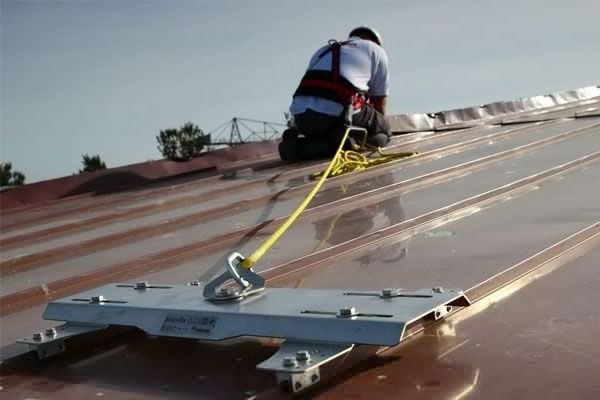
Operating heavy machinery on a construction site demands focus, preparation, and strict adherence to safety rules. Among these machines, the backhoe attachment is particularly versatile but can pose serious risks if not handled correctly. Understanding proper safety measures ensures not only the operator’s well-being but also that of the entire team on site. This article explores practical steps and guidelines to maintain a safe working environment while using a backhoe attachment.
Understanding The Backhoe Attachment
A backhoe attachment is a tool mounted on construction machinery, typically used for digging, lifting, and moving materials. These attachments increase efficiency but also require specialized knowledge to operate safely. Operators must familiarize themselves with the controls, weight limits, and operational range of the equipment. Regular inspection of the attachment before each use can prevent mechanical failures and reduce the risk of accidents.
Preparing The Site For Backhoe Attachment Use
Before bringing a backhoe attachment onto the site, it’s essential to assess the environment. Check for uneven terrain, overhead obstacles, and underground utilities. Clearly mark work zones and ensure unauthorized personnel are kept at a safe distance. Adequate lighting and signage help maintain awareness and reduce the chance of incidents. Proper site preparation directly contributes to safer operations with a backhoe attachment.
Inspecting The Equipment Regularly
Routine inspection of both the backhoe attachment and the host machinery is crucial. Look for hydraulic leaks, worn-out pins, and loose bolts. Check tire or track conditions and ensure all safety devices, like backup alarms, are functional. Even minor issues can escalate into dangerous situations if ignored. Consistent maintenance safeguards operators and prolongs the life of the backhoe attachment.
Using Proper Operational Techniques
Operators should employ correct techniques to maintain stability and control while using a backhoe attachment. Avoid overextending the arm or lifting loads beyond capacity. Keep the load close to the machine’s center of gravity to prevent tipping. Smooth, deliberate movements reduce stress on the attachment and enhance safety. Training in proper handling techniques ensures that each task is completed efficiently and safely with the backhoe attachment.
Wearing Personal Protective Equipment
Safety gear is a non-negotiable aspect of operating a backhoe attachment. Helmets, steel-toed boots, gloves, and high-visibility clothing provide a first line of defense against accidents. Eye protection and hearing protection are also critical due to the potential for flying debris and loud machinery noise. Personal protective equipment ensures operators are ready to handle unexpected situations safely.
Maintaining Communication On Site
Effective communication between operators and ground personnel reduces misunderstandings and accidents. Use radios, hand signals, or other agreed-upon methods to maintain clarity. All personnel should be aware of the backhoe attachment’s operating zone and movement path. Clear communication strengthens coordination and ensures safety remains a top priority on site.
Emergency Procedures And Preparedness
Even with precautions, emergencies can happen. Operators and teams should be trained in shutdown procedures, first aid, and fire safety. Knowing how to react quickly can prevent minor incidents from becoming severe. A well-prepared team complements the safe operation of the backhoe attachment, minimizing downtime and injuries.
Conclusion
Safety when operating a backhoe attachment on site is a combination of preparation, equipment knowledge, and consistent vigilance. By inspecting equipment, preparing the site, employing proper techniques, and maintaining communication, operators can reduce risks significantly. Safety gear and emergency preparedness complete the safety framework, ensuring every task is performed with confidence. Adhering to these measures not only protects workers but also enhances efficiency and productivity on any construction project.




